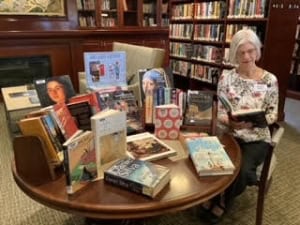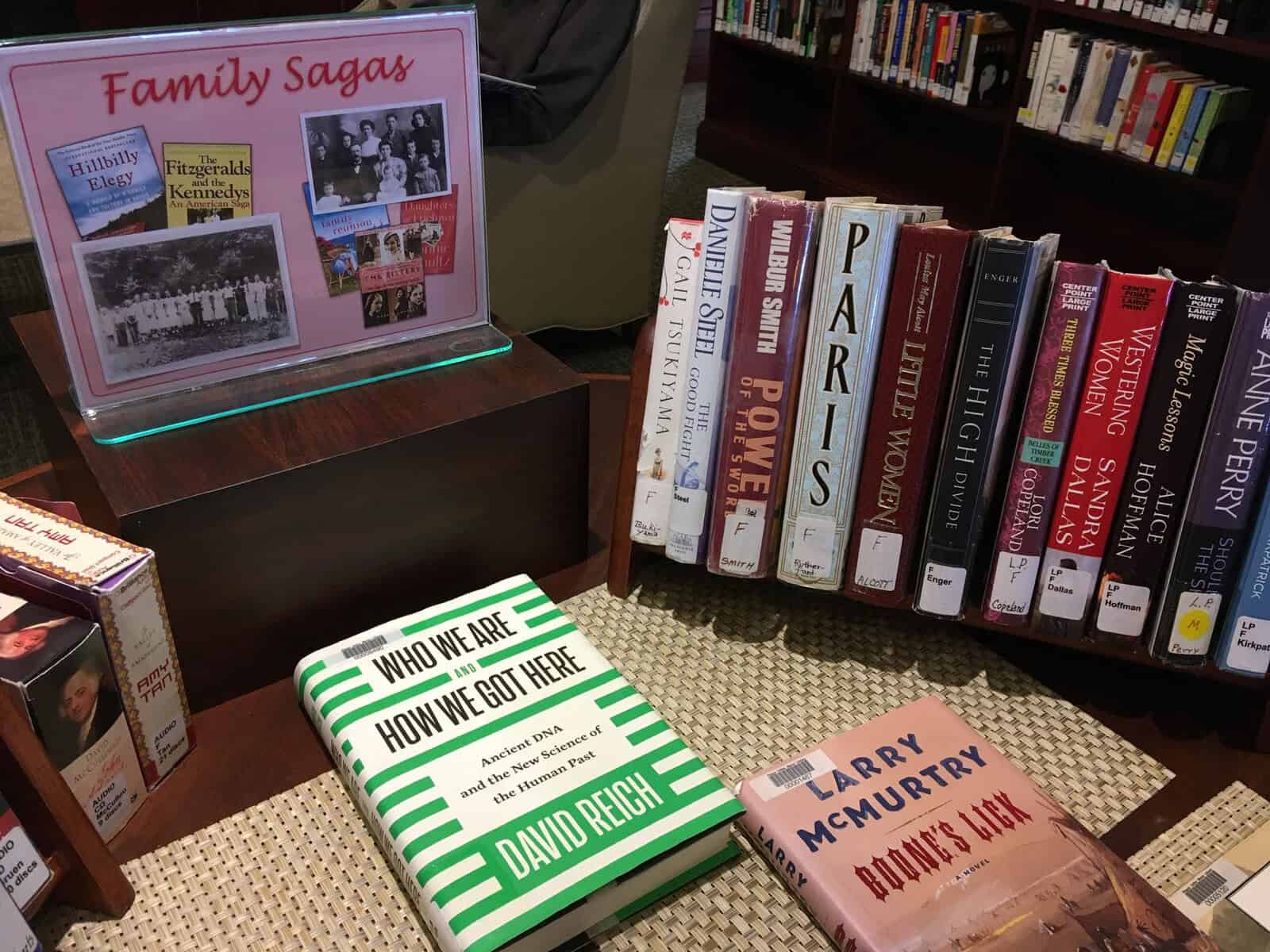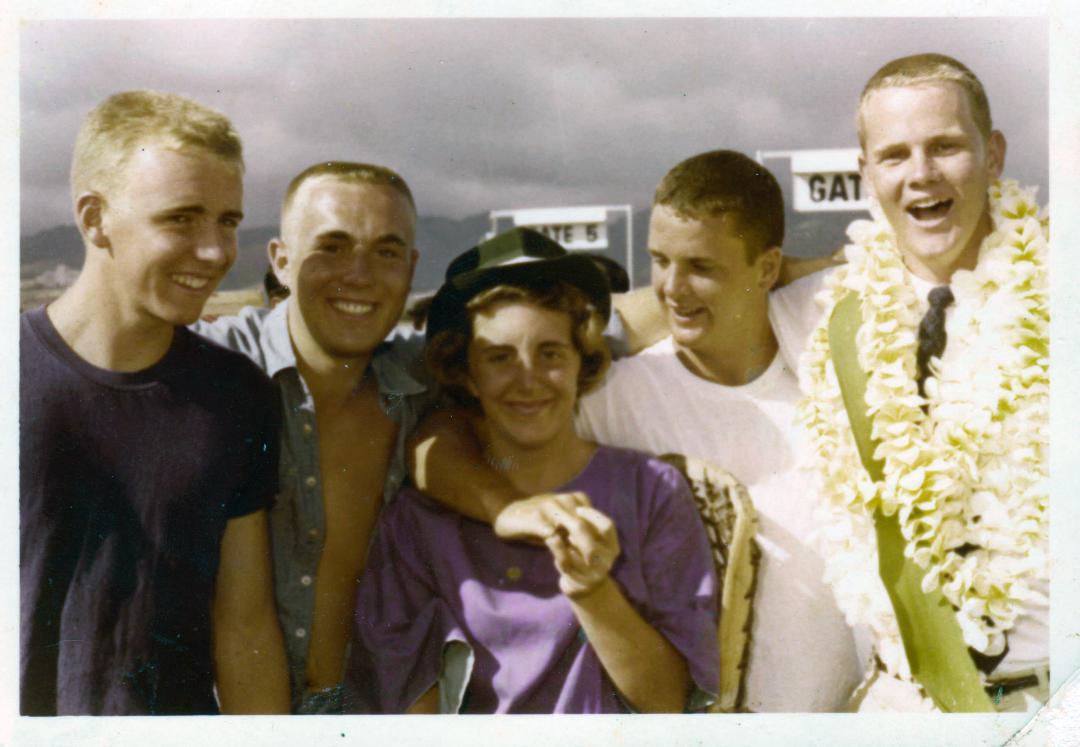Silent Night – a book review
by Liz Caldwell
Robert B. Parker is best known for his forty Detective Spenser books, a TV series, and a movie. This Christmas book “Silent Night” (© 2013), his last book, was started by Parker, and finished posthumously by his longtime literary agent Helen Brann. Parker died of a sudden heart attack at the keyboard at age 77. He had written for 37 years, 65 total books – at the rate of 5 pages a day.
In “Silent Night,” Stretch, a frightened street boy, asks Spenser to visit a do-gooder who runs the unlicensed Street Business, which gives shelter and seeks job opportunities for the homeless and lost. The do-gooder is being threatened, and Street Business is in danger. The do-gooder wants Spenser to find out from whom and stop them.
The costs of the Street Business’s operations are subsidized by the do-gooder’s brother, who is mysteriously wealthy after a trip to Latin America. The wealthy brother’s mistress, Carmen, a retired tennis champion and recovering addict, has become attached to Stretch. She surreptitiously comes to Spenser for help, believing that her own life is in danger. Of course, Spenser discovers all, concerning Street Business, its neighborhood, the wealthy brother, and Carmen.
The underlying theme of this book is that true “family” ties and loyalties do not depend on blood ties, and can even be betrayed by them. The book is concerned with “family” ties, both new and long term, in the lead-up to Christmas. The finale is Christmas dinner prepared by Spenser, with a stuffed chicken, inside a stuffed duck, inside a stuffed turnkey, celebrated with Susan (Spenser’s love interest), Hawk, Stretch, and Carmen.
I found it odd that after Christmas dinner, Susan (Spenser’s love interest) goes off to take a nap, removing herself from the interactions. The book describes what people wear and cook, which I find unusual for a male author. But of course, this book has a female co-author.
The book is available in the RVM Library with barcode ID #7480.





